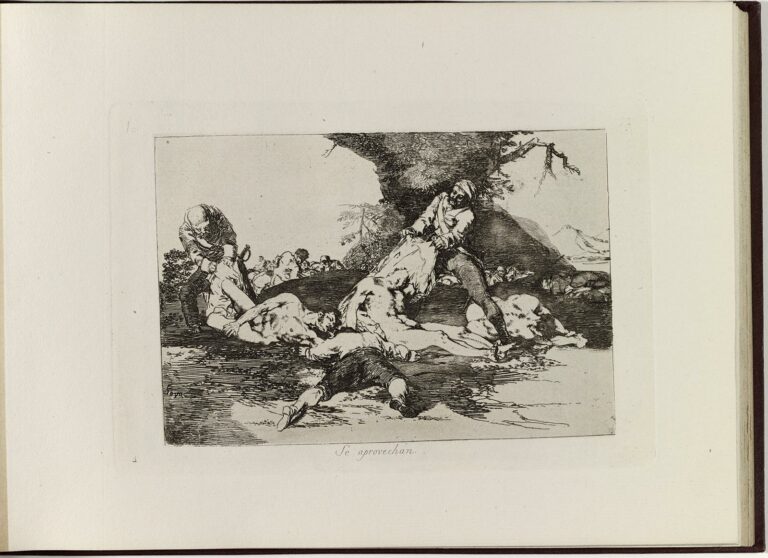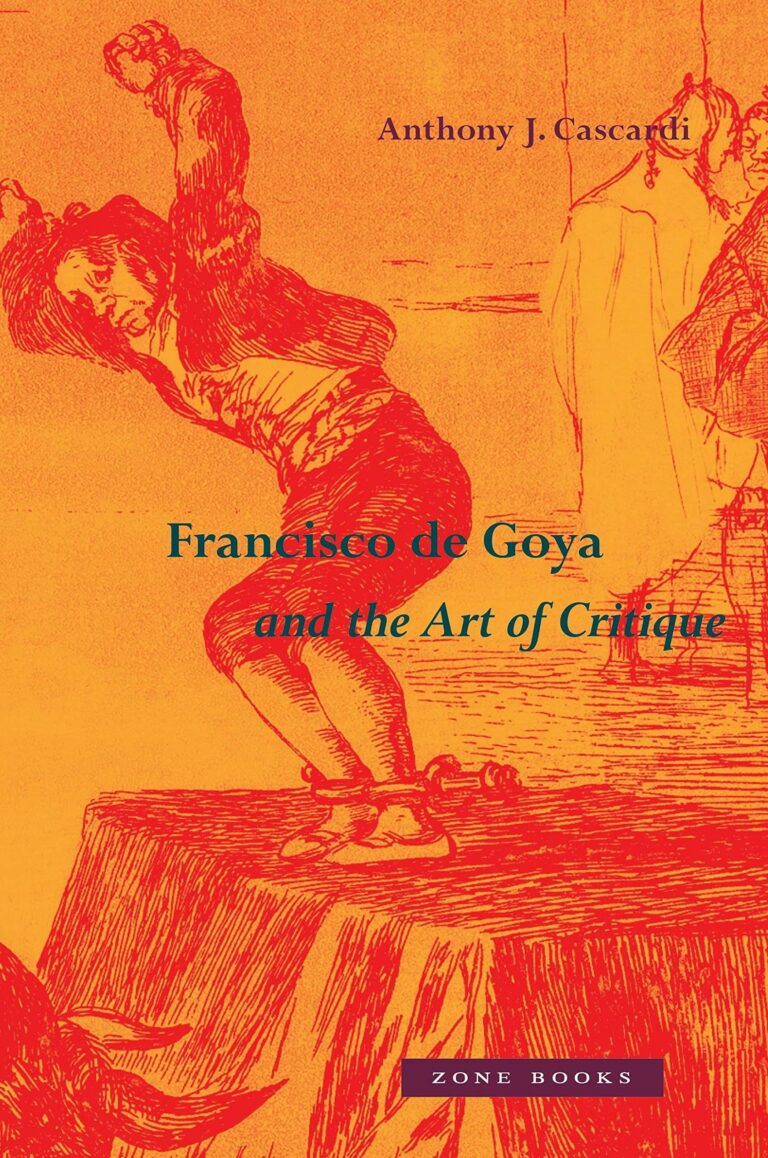Goya: Disasters of War





The images in the Disasters of War were created over the period of a decade. For each, Goya created preparatory drawings, mostly in red chalk, some in ink and wash. When working on the etchings he experimented with copper plates of varying size and a range of papers and inks.
Almost 500 individual proofs of the Disasters survive; however, the one set which can be regarded as definitive is contained in the album that Goya gave to his great friend Ceán Bermúdez, titled on the spine somewhat confusingly ‘Capricho de Goya’. Now housed in the British Museum, it provides information about Goyas intentions not found anywhere else. It alone bears Goyas original title for the work, his signature, written on the closed page edges of the album, and the captions for each etching, hand-written in pencil by the artist himself.
The preliminary drawings and copper plates were stored by Goyas son Javier, and were not found until after Javiers death in 1854. In 1862 the plates were bought by the Royal Academy of San Fernando, which published the first edition the following year under the title Los Desastres de la Guerra. However, this and all subsequent editions, bear significant differences from Goyas proofs. When preparing the etchings for printing, Goya wiped the plates to give maximum contrast between the etched lines and the whiteness of the paper. But in the editions created after his death, a film of ink was left on the surface of the plates, sometimes augmented with aquatint, giving a heavy tone to the entire print. The original proofs have a depth of black, a sharpness and an intensity which the published editions lack.
This facsimile is the first reproduced from Goyas proofs, and thus bears the closest likeness to Goyas conception of the Disasters. To achieve an exact match with the originals, four printings were employed, comprised of a pale cream to match the paper shade and three different blacks which together give the intensity and tonal variety of the original prints. The antique laid paper is also as close a match as possible to that used by Goya.
The original Céan Bermúdez Album is bound in acid-etched leather, an effect which has been closely replicated for this facsimile edition through the use of a patented transfer technique whose secret is closely guarded by a tannery in Portugal. The colours and pattern of the marbled endpapers have also been carefully based on the original album, though of course each copy is different since every sheet is produced by hand by Jemma Lewis.
Out of stock
Out of stock





